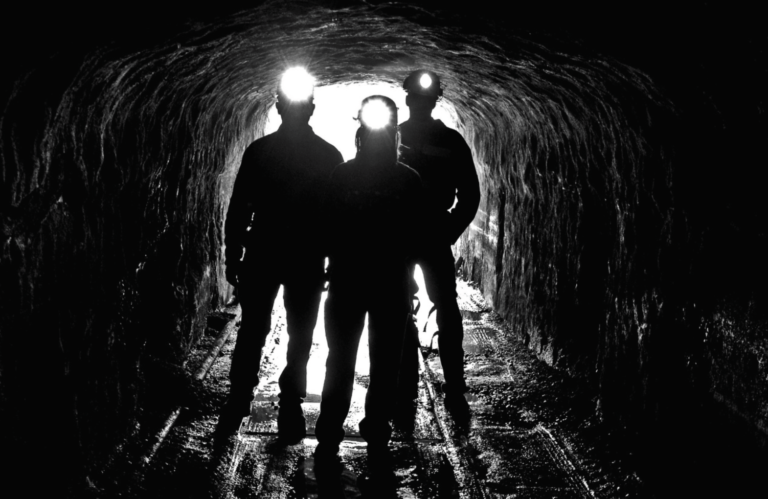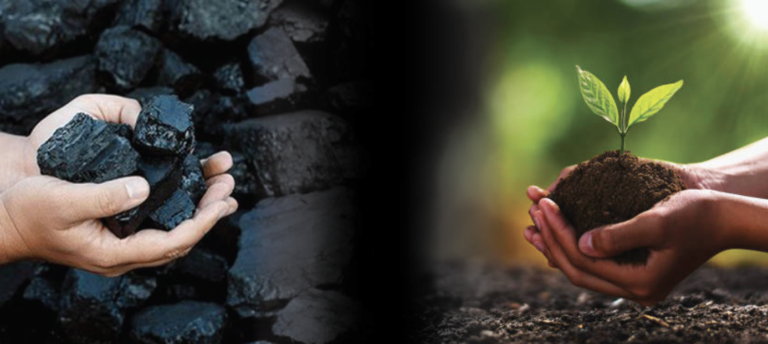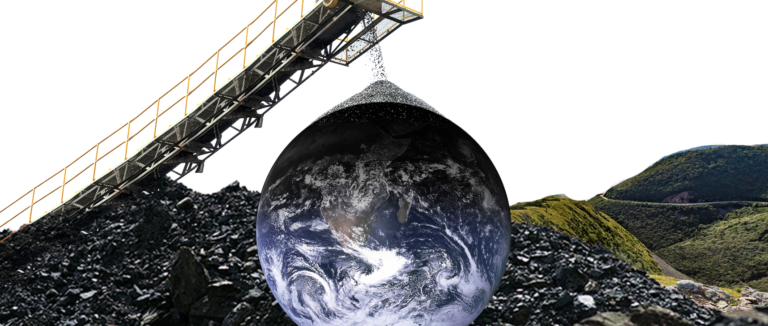Originally posted here
Tynette Deveaux of Halifax is the coordinator of Sierra Club Canada’s “Beyond Coal” Atlantic campaign. Lindsay Lee of Hammonds Plains is on the executive committee of Sierra Club Canada’s Atlantic chapter.
Recent talk that the Donkin coal mine in Cape Breton may reopen any day now is reigniting a host of environmental and health and safety concerns.
The mine ceased operations in March 2020, following stop-work orders and more than a dozen roof collapses in the underground mine over the span of just a few years.
So what’s changed? Certainly not the geological conditions that make the mine unsafe for miners, nor the coal mine’s carbon footprint.
The answer lies not in Nova Scotia but abroad. Since Russia’s invasion of Ukraine, coal prices have soared. Now the mine’s owner, Kameron Collieries ULC (operating locally as Kameron Coal), is looking to cash in on this latest fossil-fuel bonanza.
Once again, Nova Scotia finds itself at a fork in the road: Will we embrace business as usual or say no to mining more coal? It’s impossible to know what the government will decide, but one thing’s for certain — Nova Scotia cannot achieve its greenhouse gas reduction targets and mine coal.
The International Energy Agency (IEA) reports that coal combustion is “the single largest source of global temperature increase.” The IEA and the Intergovernmental Panel on Climate Change have both made it crystal clear that countries must rapidly transition away from fossil fuels — particularly coal — if we are to have any chance at containing global heating to 1.5°C.
If the government does allow the Donkin mine to reopen, they’re either saying they don’t believe the science that the IPCC and other international bodies have put forth — or, they’re saying, “Let the Hunger Games begin.”
If the government does rubber-stamp the mine reopening, the Donkin mine will produce metallurgical coal, which is used in steelmaking. Metallurgical coal is mined at deeper depths and produces even more greenhouse gas emissions per ton than thermal coal, which is burned for electricity.
Moreover, new research also shows that mining coal emits 50 per cent more methane into the atmosphere than previously thought. Methane is a more potent and fast-acting (i.e., atmospheric-warming) greenhouse gas than carbon dioxide. In fact, the impact of a tonne of methane is equivalent to between 84 and 87 tonnes of CO2 over a 20-year timeframe (see the International Energy Agency’s World Energy Outlook 2017, p. 405).
Shockingly, Kameron Coal has been allowed to “self-report” its greenhouse gas emissions to the province since 2017, despite the company’s own estimates that put it far above the 50,000-tonnes threshold that requires the emissions be independently verified by a third party (370,743 tonnes of CO2e in 2020, and 422,934 tonnes of CO2e in 2019).
If the Donkin mine reopens, it’s ultimately Nova Scotians who will pay the price — with their health, their safety, and their taxes. Each year, the Cape Breton Regional Municipality has to treat approximately six billion litres of wastewater from Cape Breton’s abandoned coal mines for contamination. In typical provincial fashion, it’s taxpayers — not the mining companies — who are footing the bill.
Even though the proponent will almost certainly use the promise of good-paying jobs to stifle important conversations and counter community dissent, it’s important to remember that the mine isn’t safe for workers. In 2020, Kameron Collieries ULC announced that it was ceasing operations “due to adverse geologic conditions in the mine.” Those geological conditions have not changed.
Keeping the mine in “care and maintenance,” or idle, mode isn’t the solution, either. Even when coal mines are idled, they continue to emit a lot of fugitive methane emissions. That’s why the Donkin mine currently has ventilation fans operating 24-7 at the entrance to the mine to dilute the concentration of methane and other harmful emissions. These same fans are giving off an incessant low-frequency noise that local residents have described as “sleep torture.”
The only way to stop the methane and other greenhouse gas emissions — and the noise from the fans — is to close the mine for good. When that happens, the mine will naturally flood, the emissions will ease, and the local community will finally be able to sleep through the night.
But that’s not the end of it. Cape Bretoners need good-paying and safe jobs to support their families. The provincial government must take action to deliver on its promise of sustainable prosperity. Let’s invest in a positive and forward-thinking future for Cape Breton.




